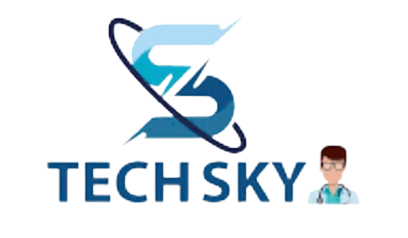As HR personnel, we often find that employee turnovers are common and boosting retention is a top priority. However, it must be noted that inaccurate reviews resulting from a biased, and ill-managed system are a contributor to high employee turnover. 85% of workers start looking for a new job if given an unfair review.
However, when we pair this with a competency framework, not only does the process become data-driven but also aids in creating training and career plans for the employees.
Using the Competency Framework Development Process, we can achieve better employee engagement, create succession plans, and encourage learning when on the job.
Defining Competency Framework
In order to do well when a task or job role is assigned, a person needs the right skill set, qualifications, and experience. But how do you, as an HRM or Team Leader, evaluate a person’s skills effectively?
The answer is a Competency Framework that outlines the skills, traits, training, and knowledge. It evaluates the following:
- Ethical Principles associated with the organisation’s operations
- Skills like training, problem solving, and decision making associated with job roles and general competencies
- Favourable qualities like
- Leadership skills
- Adapting to change
- Other soft skills
Importance of the Competency Framework Development Process
With a well-structured Competency Framework Development Process, HRMs can ensure the following:
- Provide clarification on job roles and assignments
- Conduct better evaluation during recruitment drives
- Identify skill gaps and create training programs
- Map out career plans via the succession planning process
Creating the Structure for Competency Framework
To design an effective outline for the Competency Framework Development Process, the steps are fairly simple:
- Understand the key skills for achieving any assigned job role
- Using the company’s long-term goals and code of conduct norms, create an effective guide
- List the essential skills:
- General skills needed for any job role
- Specific skills for a particular job
- Technical expertise
- Leadership skills
- Get insights from the team leaders and workers
- Create a framework that contains relevant competencies as per the assigned job role
Using the Competency Framework Development Process
To deploy an effective competency framework, it needs to be made clear that each person does not need to have the same skill set. However, those working in similar roles can be evaluated against the same set of competencies.
Thus, the Competency Framework Development Process needs to be further broken down as per the purpose of use. These can include:
Pros of the Competency Framework Development Process
By having a competency framework in place, you can facilitate the following:
- Recruitment drives and appraisals that are based on skills
- Set out clear terms vis-a-vis job roles for your employees
- Link skills to performance
- Conduct a fair assessment
- Differentiate between self and team achievements
Further, the reports obtained by applying a Competency Framework are data-based and objective. Thus, they can be added to performance reviews for a better understanding of skills and an accurate appraisal. To add, these can also form the basis of the succession planning process.
Challenges in Competency Framework
Unless they are updated regularly, reports made via competency frameworks can yield inaccurate results. Further, without a clear understanding, using a competency framework can be tedious. Also, while this aids succession planning and performance management, it cannot be used to replace either.
Competency Framework in Succession Planning Process
For both professional and organisational growth, a succession planning process is critical. By laying stress on grooming competent workers for leadership positions, succession plans help create career plans.
In turn, this gives a boost to employee retention. According to Gallup, replacing each employee that leaves the organisation costs 1.5 to 2 times their salary. Further, another Gallup survey revealed that 74% of disengaged employees were actively looking for new opportunities. As per studies, the succession planning process can boost retention by 2.1 times.
When used in tandem, they achieve the below:
- A clear definition for key skills that are listed as competencies
- Identifies the top achievers on the basis of both results and their potential
- Assess training needs necessary and help create custom, detailed plans and training programs
- Regular monitoring and evaluation of people identified as potentials for the leadership team
The top performers recognised out of those chosen for succession training can be identified accurately from the competency framework.
Using Software Tools to Create the Competency Framework
The reasons for the popularity of software tools and AI in HR tasks are observed in the competency framework development process as well. With the right tools, you can generate a Competency Framework tailored to your needs within minutes.
Being auto-generated, you do not need to do the same amount of legwork needed for creating the Competency Framework manually. This helps save time while identifying both the industry-specific and general skills needed accurately. Further, this helps identify skill gaps, training needs, and career planning. To add, these will be customised to your business needs.
Way Forward
Understanding where to start when opting for any review framework, whether a succession plan or a competency framework, can be difficult to navigate. This task can be simplified with the help of AI driven HR tools.
Allow these to identify the base roles, create a visual of all possible skills and evaluation criteria, and use this to generate career maps. Thus you can use a competency framework development process to boost succession planning.
